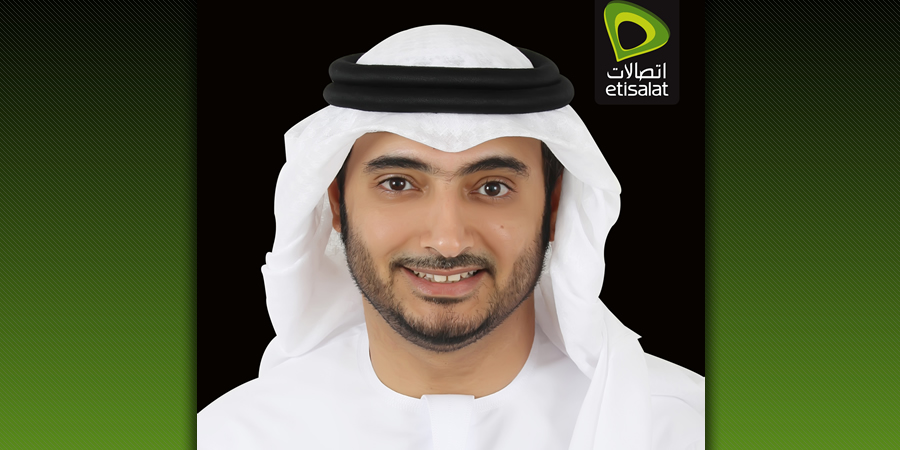Etisalat Group today is present in 16 countries with 148 million customers spread across Middle East, Africa and Asia. In all the markets, Etisalat has set a benchmark by leading the way in the network, technology and services. This was mainly due to its efforts in aligning with its vision of ‘Driving the Digital Future to Empower Societies’. At a group level, the company also adopted the ‘CODERS’ strategy to focus on its priorities, direction and ambition. Telecom Review sat down with Hatem Bamatraf, chief technology officer, Etisalat Group, to explain the strategy and how new technologies are aligned with this vision.
In terms of new technologies, what is priority for Etisalat at the moment?
Our technology strategy is unique. We have particular areas of focus and use technologies that can help us achieve this vision. Etisalat’s strategy is in line with the vision of the company, and we call it CODERS.
C means connected. The world needs to be connected. We adopt the latest technology in order to enable faster connectivity and lower latency. Recently in the UAE, we introduced 5G and we are planning to introduce it in Saudi Arabia. The rest of the market will follow. We have also enabled NB-IoT and LTE-M and various other connectivity technologies. Staying connected and connecting others is the core of our business.
O means open. It is important to embrace new partnerships. We are open to third-party alliances as they are necessary for us to move forward. To do this, we expose our API and other assets.
D is delightful. This relates to customer experience. We are offering a service to the end user. This service has to present the user with a specific level of experience. It is most important to innovate to achieve this level of satisfaction and provide the best in customer experience. At the same we are working on implementing technologies like AI, data analytics, machine learning and robotics to give our customers the best in digital innovation.
E is efficient. Efficiency is a major pillar of our strategy. We have to keep pace with the evolution of technology to be able to be efficient and look at new business models, such as infrastructure sharing in order to save energy and be the most efficient.
R is responsive. We also want to build infrastructure and technology that is responsive to market dynamics. We want our technology, network and IT services to be very fast and reactive on specific market demands and requirements.
And finally, S for smart. We wanted a network that has all the capabilities of self-healing and self-optimization so the network is capable of adjusting itself in order to meet customer needs.
With 5G in the limelight this year, what futuristic technologies do you see soon becoming a reality for the country and your subscribers?
5G is a major pillar in enabling the 4th industrial revolution. We believe that 5G, coupled with IoT, AI, machine learning and robotics, will drive the transformation of many industries. At Etisalat, we definitely would like to have a major role in enabling this transformation for our customers. It is still in an early stage. We try to retain the first position as innovators and the first to adopt new technology in the region.
New technologies also bring new opportunities. Etisalat is actively involved in building end-to-end 5G use cases for different verticals like healthcare, education, transportation.
What technologies do you think are going to bring the necessary digital transformation and make an impact on society?
This Industrial Revolution requires a lot of fundamental technology breakthroughs. The combination of AI, robotics and machine learning are only some of what is necessary to embark on the journey of digital transformation.
These technologies play a major role in the transformation journey, focusing on all processes and the entire organization getting digitally centered. In order to embark on this journey, it requires a complete shift in processes, culture, operating model, employee skills and so on.
